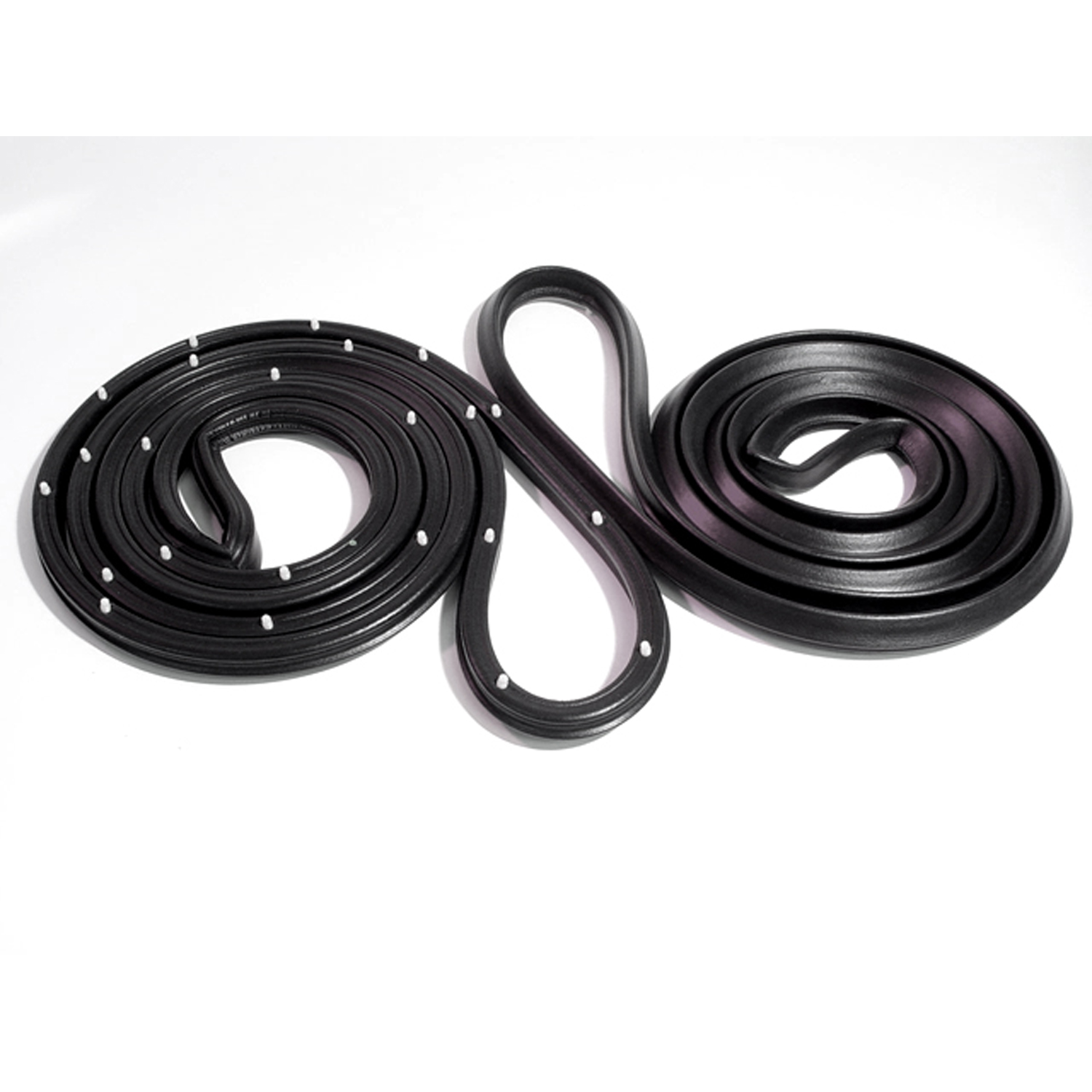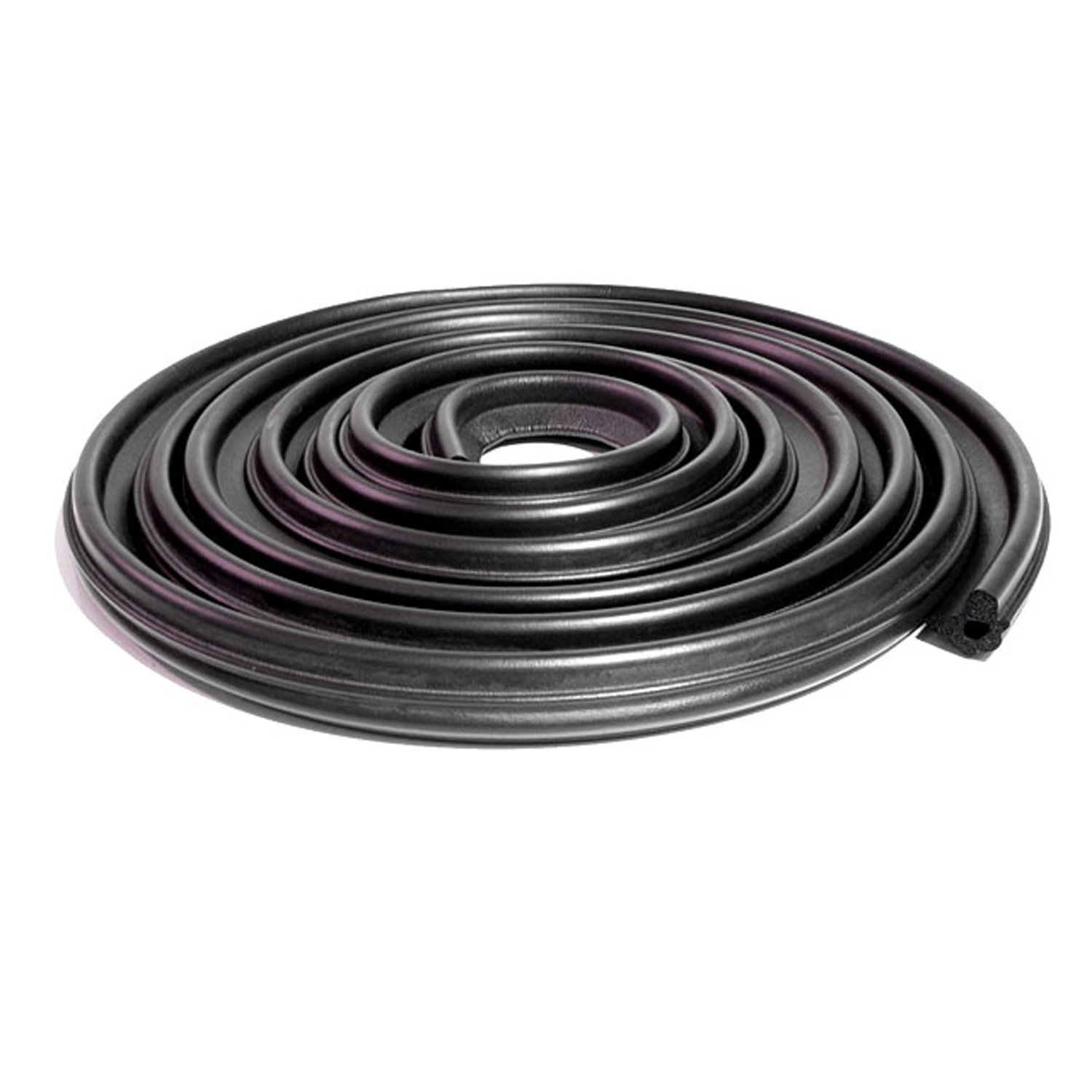Image of 1977 American Motors Hornet, Note: These illustrations use artistic license and may differ from actual historical models.
Performance Metrics
Fundamental Metrics
Emotional Appeal
MMP Rating
| Engine Specifications | |
|---|---|
| Engine Options: | 232 cu in (3.8 L) I6, 258 cu in (4.2 L) I6, 304 cu in (5.0 L) V8 |
| Displacement Range: | 232-304 cu in |
| Horsepower Range: | 88-150 hp |
| Torque: | 140-245 lb-ft |
| Compression Ratio: | 8.0:1 - 8.4:1 |
| Ignition System: | Conventional distributor and coil system |
| Cooling System: | Liquid-cooled |
| Performance Specifications | |
| 0-60 Time: | Estimated 10-12 seconds |
| 1/4 Mile Time: | Estimated 17-19 seconds |
| Top Speed: | 100-110 mph |
| Transmission and Drive | |
| Drive Type: | Rear-wheel drive |
| Transmission Type: | 3-speed manual, 4-speed manual, 3-speed automatic |
| Fuel and Efficiency | |
| Fuel System Type: | Carburetor |
| MPG: | Estimated 15-20 mpg |
| Dimensions and Brakes | |
| Brakes: | Front disc, rear drum |
| Wheelbase: | 108 inches |
| Weight: | 3,000-3,500 lbs |
Note: Specifications for classic cars are given to the best of our ability, considering the limited and variant data available.
Unveiling the Underdog: The 1977 American Motors Hornet
In the annals of automotive history, few cars blend into the tapestry of Americana quite like the 1977 American Motors Hornet. Born from the ambitious minds at American Motors Corporation (AMC), a company known for its innovative and sometimes quirky vehicles, the Hornet emerged as a testament to AMC's resilience in an era dominated by automotive giants. This compact car made a significant mark in a time when fuel efficiency began to take center stage due to the energy crises of the 1970s. A unique fact that might pique your interest: the Hornet platform served as a springboard for AMC's Gremlin, one of the first American subcompact cars.
Design and Innovation
The Hornet's exterior styling was a harmonious blend of function and modest flair. It featured a long hood with a short rear deck, giving it a sporty profile that was both appealing and practical. Inside, passengers were greeted with an interior that prioritized comfort and simplicity. Materials, while not luxurious, were durable and well-suited for the era's expectations. Technologically, the Hornet was equipped with features that were advanced for its time, such as optional electronic ignition and rack and pinion steering. Color options for the '77 Hornet ranged from the subdued to the vibrant, reflecting the diverse tastes of the decade. Popular choices included hues like Sunshine Yellow and Firecracker Red. The Hornet was available in various body styles including a two-door coupe, four-door sedan, and a sporty AMX variant, but it was perhaps the wagon that became most iconic, offering utility that many American families found irresistible.
Historical Significance
The 1977 Hornet wasn't just another car on the road; it was AMC's bulwark against an industry trending towards downsizing. It stood out for its blend of economy, practicality, and versatility at a time when these traits were becoming increasingly important to consumers. The Hornet's design DNA would go on to influence future AMC models and even other manufacturers who sought to capture similar success in compact car design.
Performance and Handling
Underneath its hood, the '77 Hornet could be equipped with a range of engines from an economical inline-six to a more robust V8, allowing for top speeds that varied accordingly. Acceleration from 0-60 mph was respectable for its class and era. On the road, drivers appreciated its sure-footed handling; whether navigating city streets or cruising on highways, the Hornet offered a stable ride with competent shock absorption over bumps. Behind the wheel, one could enjoy the distinct hum of its powerplant—a sound that became synonymous with American motoring of that period.
Ownership Experience
The Hornet served many roles—from daily commuting workhorse to weekend show car—and even had some success on local racing circuits. Its reliability was one of its strong suits; maintenance was straightforward enough for DIY enthusiasts to handle minor repairs themselves. However, like any vehicle of its age, finding parts today can be challenging but is part of the joy (and sometimes frustration) inherent in classic car ownership.
Fun Facts
Did you know? A version of the AMC Hornet is famously remembered for its corkscrew jump in the James Bond film "The Man with The Golden Gun." While not known for breaking speed records or dominating sales charts, this stunt cemented its place in pop culture history. Criticisms over time have often focused on its modest performance compared to muscle cars of its day; however, many now appreciate it for its simplicity and reliability.
Collector's Information
Today's collector market sees Hornets as an accessible entry into classic American car ownership. While exact production numbers are elusive, it's estimated that hundreds of thousands were produced across all variants during its lifespan from 1970 to 1977. Values can vary widely based on condition and originality; well-preserved examples might fetch anywhere from $5,000 to $20,000 or more depending on their historical significance or unique features.
Conclusion
The 1977 American Motors Hornet stands as an emblematic piece of automotive history—a symbol of transition during an era where efficiency began to eclipse raw power in importance. It may not have been the flashiest or fastest car on the block, but it carved out its niche and left an indelible mark on America's motoring landscape. Whether you're a seasoned collector or simply nostalgic for a simpler time in automotive design, there's no denying that this compact classic holds a special place on America's roads.
1977 American Motors Hornet Catalog of Parts
 1977 American Motors Hornet Molded door seals. For 2-door sedan-LM 31-CMolded door seals. For 2-door sedan. Proper clips correctly positioned. 148 in. (375.9 cm) L. Pair. R&L.
1977 American Motors Hornet Molded door seals. For 2-door sedan-LM 31-CMolded door seals. For 2-door sedan. Proper clips correctly positioned. 148 in. (375.9 cm) L. Pair. R&L. 1977 American Motors Hornet Hatchback Seal. For 2-Door Sedan. Each-TK 46-X/16Hatchback Seal. For 2-Door Sedan. Each
1977 American Motors Hornet Hatchback Seal. For 2-Door Sedan. Each-TK 46-X/16Hatchback Seal. For 2-Door Sedan. Each 1977 American Motors Hornet Lower Side Window Reveal Molding Clip. Made of nylon-WF 214Lower Side Window Reveal Molding Clip. Made of nylon. 1-1/4" x 3/4". Each
1977 American Motors Hornet Lower Side Window Reveal Molding Clip. Made of nylon-WF 214Lower Side Window Reveal Molding Clip. Made of nylon. 1-1/4" x 3/4". EachWhy Choose Metro?
For over 100 years, Metro Moulded Parts has been the pinnacle of quality in classic car restoration parts. Our commitment to precision and authenticity in every component ensures a perfect fit and an OEM-level appearance.
- Expert Craftsmanship & Quality: Each part is a testament to our dedication to reliability and perfection, crafted from original designs and thoroughly tested.
- Advanced Technology: We use cutting-edge techniques to create flawless, long-lasting parts that surpass others in performance.
- SuperSoft Sponge – The Ultimate Door Seal: Not only are our door seals 30% softer than competitors', but they're also guaranteed to never leak. They effectively reduce wind and road noise, enhancing your classic car's comfort and driving experience.
- Proudly American: Our parts are a product of American craftsmanship, made in the USA with a spirit of excellence and heritage.
- Unrivaled Warranty: We back our products with a 30-year industry-leading warranty, a testament to our confidence in their quality.
Join us in preserving the legacy of classic cars with parts that are crafted for perfection, not just made.

